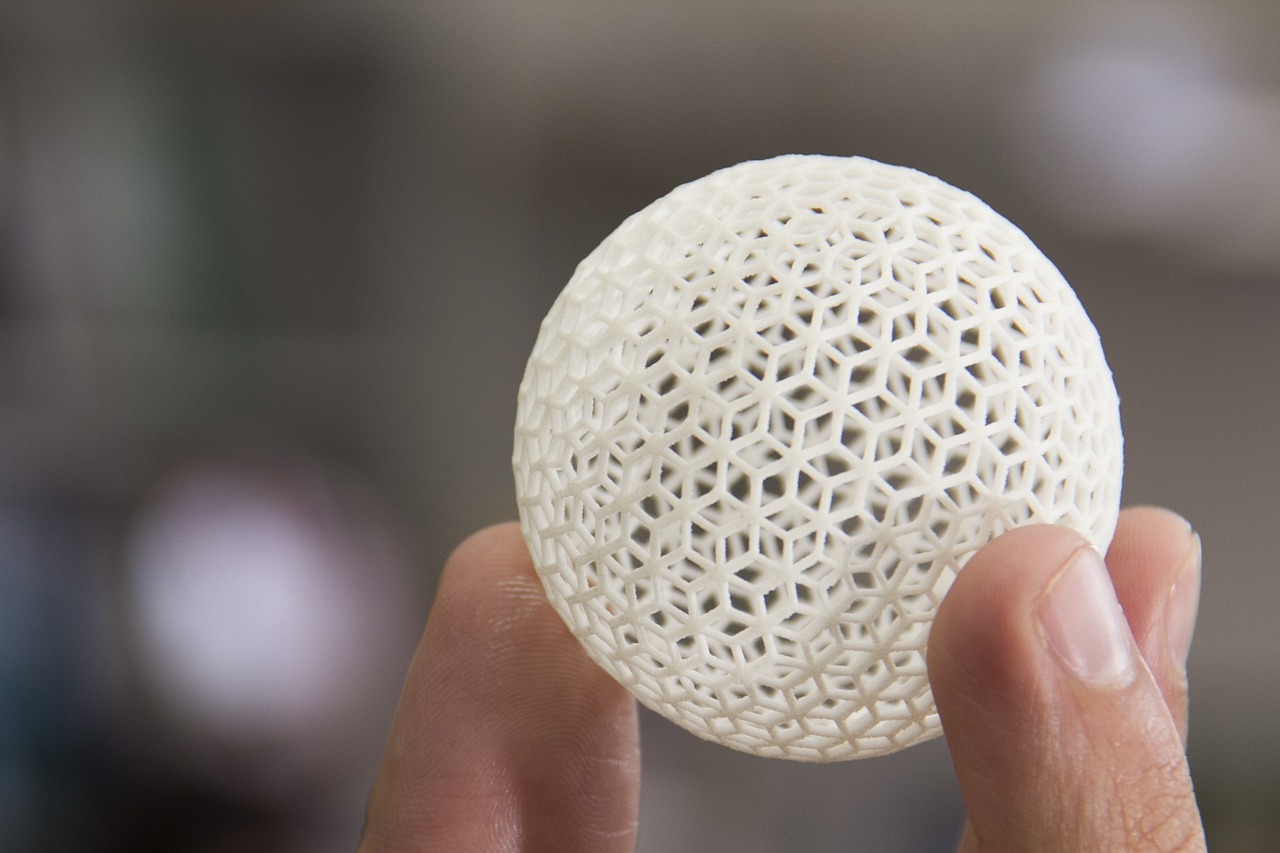There are different techniques to make a prototype and 3D prototyping is one of them. To learn more about this method, we invite you to continue reading this article. We will explain everything about 3D prototyping, which is of utmost importance to create any part, getting to know each of its characteristics before the product is taken to mass production.
What is 3D prototyping?
3D prototyping is one of the most widely used methods in the industry. By means of this technique it is possible to create the first copy of the product, obtaining an overview of how the result would be and, if necessary, make the necessary modifications until the perfect final product is achieved.
In short, prototyping is a method with which it is possible to materialize ideas, being one of the most useful techniques in various areas of the manufacturing process.
The objective of 3D prototyping is the manufacture of molds in which different characteristics of the final product can be evaluated and the necessary changes can be made until the desired result is achieved. This ensures the functionality of the product and its shape.
An important detail is that the appropriate technology for prototyping must be considered. Each of them offers advantages and disadvantages, due to which it is required to manage their fundamentals and thus choose the most appropriate depending on the need. The most used technologies are:
- Selective laser sintering (SLS): thermoplastics are used.
- Selective light curing of resins (SLA): light-curing resins are used.
- Fused material deposition (FDM): thermoplastics are used.
What are the advantages of 3D prototyping?
Speed
Depending on the prototyping technique used, production speed may be higher or lower. Although it is generally a very efficient methodology that offers immediacy in the manufacturing process, it is not always possible to achieve a fast production speed..
Time and cost savings
Depending on the complexity of the part and the materials to be used, the 3D prototyping technique can be very convenient in terms of cost and time savings. Unlike other manufacturing methods that are often less efficient.
Opportunity to create unique and customized shapes
With 3D prototyping, complex geometries can be realized compared to other manufacturing methods. The only disadvantage is that the surfaces lose a bit of quality, but it is possible to give them a better finish and thus improve their appearance.
Less waste is generated
Today, 3D printing prototyping technologies use the amount of material needed to manufacture the part in question. While traditional technologies such as machining are subtracting material that is subsequently discarded.
The prototyping technique is one of the fundamental steps used by IDELT for the development of plastic parts. We stay at the forefront of technology to offer our customers the solution to their problems, implementing the ideal prototyping method according to the customer’s needs.

